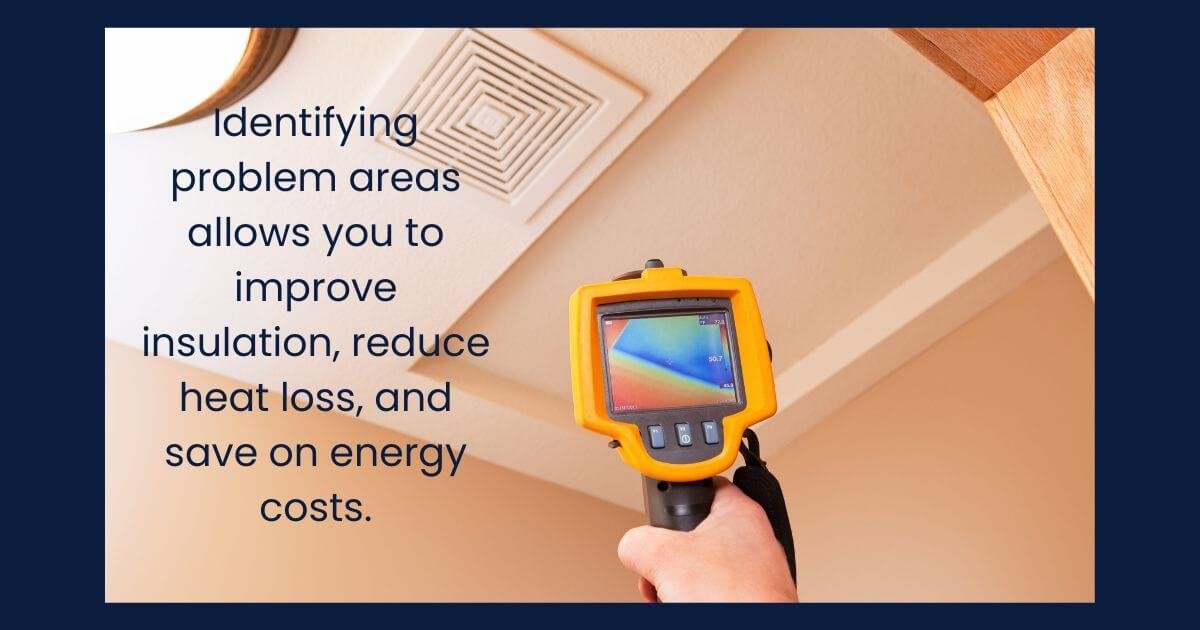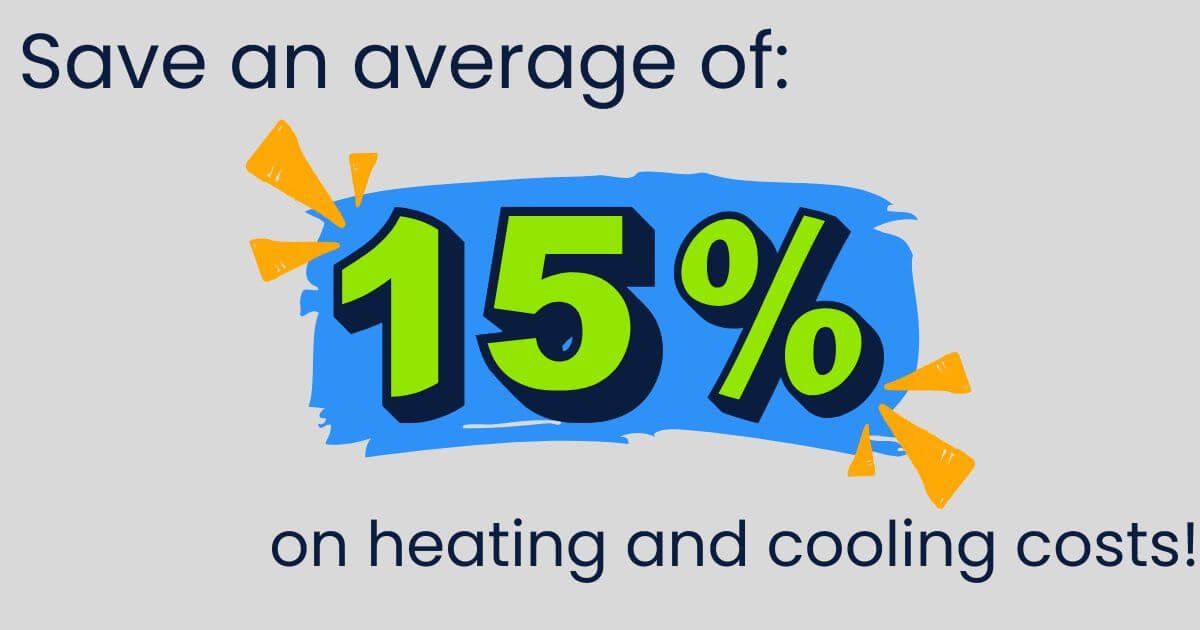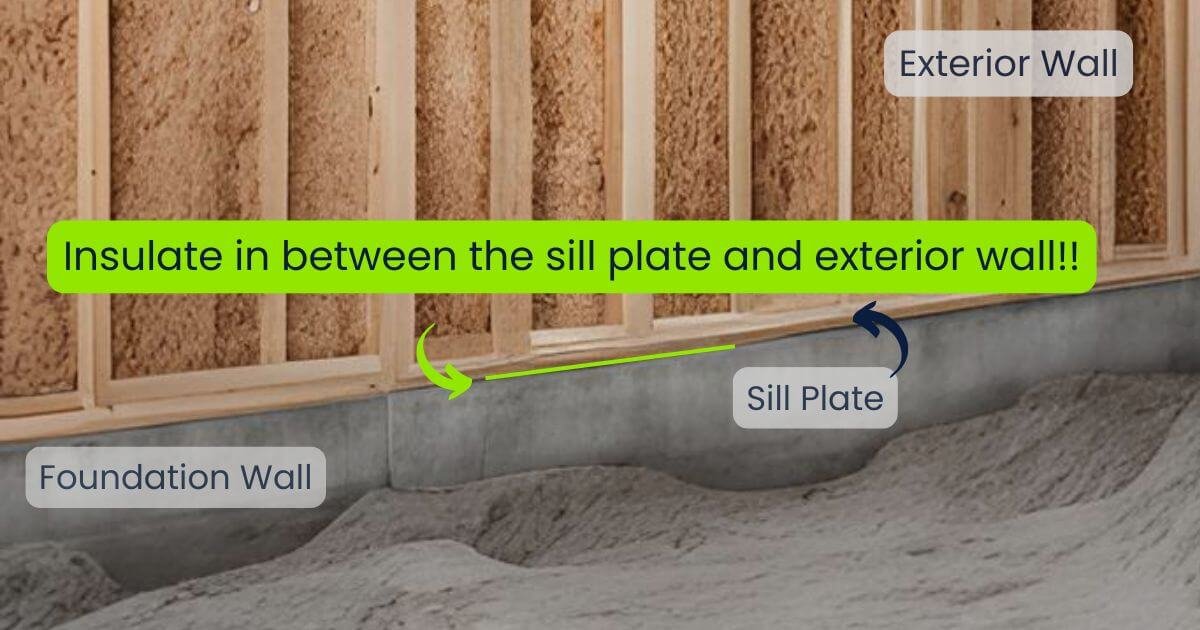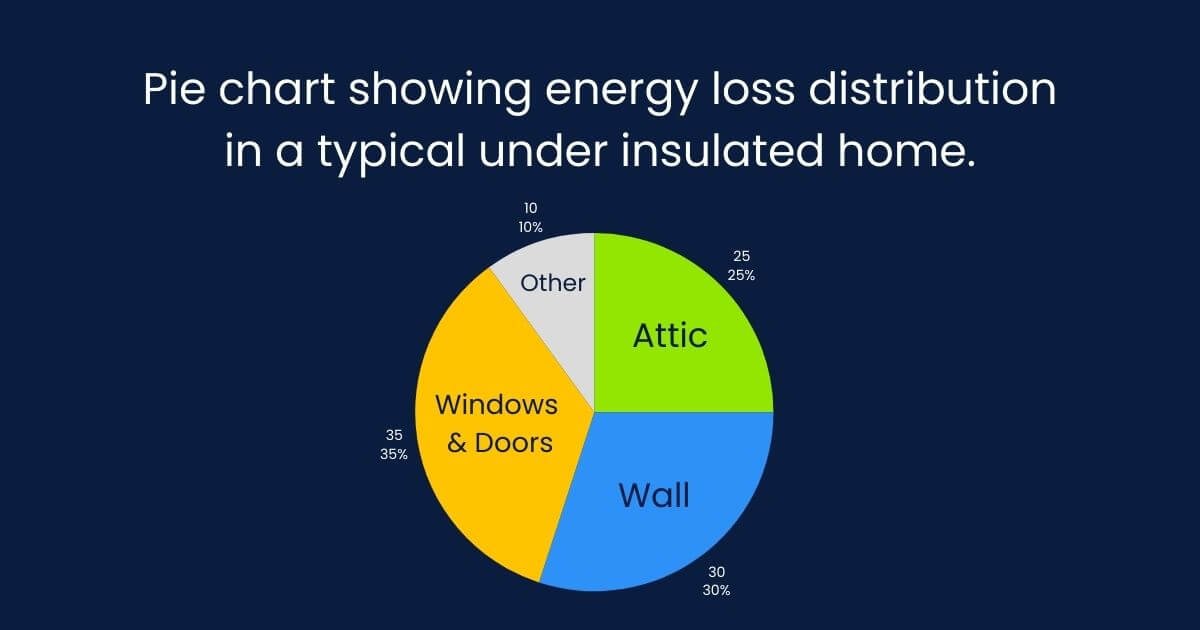How Insulation and Air Sealing Work Together to Save Money
Is your home losing money faster than a leaky bucket loses water? You're not alone! Every crack, gap, and poorly insulated space in your house is like a tiny ATM dispensing your hard-earned cash into thin air. We've got the perfect solution to plug those money leaks and create your ideal home environment.
[Suggested Image 1: Split-home infographic showing money literally flowing out of gaps and cracks on one side vs. a sealed, efficient home with a piggy bank on the other]
The Hidden Cost of Air Leaks in Your Home
Studies by the Department of Energy show that air leakage accounts for 25-40% of the energy used for heating and cooling in a typical home. Think of your home as a premium cooler you'd take camping. Even the most expensive cooler won't keep your drinks cold if the seal is broken! That's exactly how air leaks impact your house.
Air leakage isn't just about comfort – it's about cold hard cash. Here's what happens when your home leaks air:
Your heating and cooling system works overtime
Humid air sneaks in during summer
Cold air infiltrates in winter
Energy bills skyrocket
Moisture problems develop
Finding and Fixing Air Leaks: Your Home's Hidden Weakness
According to Energy Star, identifying and sealing air leaks is one of the most cost-effective ways to improve your home's energy efficiency. Before starting any air sealing projects, professional energy efficiency experts examine several key areas using specialized techniques.
Visual Inspection Points
Gaps around window frames and doors
Electrical wiring entry points
Attic floor connections
Crawl spaces and basements
Fireplace flue dampers
Outside air infiltration spots
Professional Detection Methods
Blower door testing - A specialized fan system that pulls air out of your home to detect air leaks by monitoring pressure differences
Infrared cameras for temperature differences
Smoke pencils (handheld devices that emit visible smoke streams to show air movement)
Comprehensive home energy assessment
The Power of Strategic Air Sealing
Picture your house as a submarine. Even a tiny breach in a submarine's hull can cause big problems. The same applies to homes – research shows that combined small air leaks can equal leaving a window wide open year-round. Here's what proper air sealing does for you:
Reduces heating and cooling costs by up to 30%
Creates a healthier indoor environment
Prevents ice dams in winter months
Controls moisture issues effectively
Improves overall energy efficiency
Maximizes comfort in every season
Air Sealing Techniques: A Systematic Approach
To successfully air seal your home, you need to match the right techniques and materials to individual problem areas. The National Association of Home Builders recommends targeting these key zones:
Windows and Doors
Weatherstripping for moving parts
Caulk for static gaps
Foam gaskets behind faceplates
Attic and Walls
Spray foam for larger gaps
Rigid foam for bigger openings
Special attention to the fireplace flue
Focus on electrical wiring passages
Basement and Crawl Spaces
Sealed sill plates
Caulked rim joists
Proper installation of vapor barriers
Treatment of utility penetrations
Common Air Sealing Mistakes That Cost You Money
The Department of Energy reports that improper air sealing can reduce efficiency by up to 50%. Here are the biggest culprits that many homeowners face:
Mistake 1: Blocking Natural Airflow
Natural airflow helps prevent indoor air quality issues. Don't seal:
Combustion air intakes
Ventilation systems
Fresh air exchanges
Mistake 2: Incorrect Material Choice
Using the wrong materials can lead to:
Failed seals
Wasted money
Future repairs
Continued air leaks
Mistake 3: Overlooking Hidden Areas
Don't forget these spots:
Attic knee walls
Dropped soffits
Open seams in ductwork
Utility chases
Mistake 4: Doing Things Out Of Order
Always remember:
Air seal before adding insulation
Test before considering the job complete
Address moisture issues first
Plan for proper ventilation
The Insulation and Air Sealing Dream Team
Like peanut butter and jelly, insulation and air sealing are good alone but amazing together. Energy Star data shows that proper air sealing combined with adequate insulation can reduce your energy costs by up to 15% more than either improvement alone.
The Science of Synergy
Air sealing stops unwanted air movement
Insulation blocks heat transfer effectively
Together they create a complete thermal boundary
This combination maximizes energy efficiency
Helps prevent ice dams and moisture problems
DIY or Professional? Making the Smart Choice
While some homeowners enjoy DIY projects, statistics show that professional air sealing typically achieves 30-40% better results. Here's your decision guide:
DIY-Friendly Tasks
Basic weatherstripping
Simple caulking jobs
Installing foam gaskets
Sealing obvious gaps
Professional-Level Work
Complete home energy assessment
Blower door testing
Complex attic air sealing
Spray foam installation
New construction sealing
The Bottom Line: Investment That Pays
Think of air sealing and insulation as your home's 401(k) – a smart investment that grows in value over time. According to the EPA, this cost effective combo typically pays for itself through reduced energy costs within 2-3 years.
The Numbers Don't Lie
Significant reduction in heating and cooling costs
Increased home value
Reduced maintenance costs
Lower utility bills
Improved comfort year-round
Ready to Stop Throwing Money Out the Window?
Whether you're dealing with drafty rooms, high energy bills, or inconsistent temperatures, the solution is clear. Proper air sealing combined with quality insulation works together to create the comfortable, efficient home you deserve.
Schedule your home energy assessment today and take the first step toward energy efficiency mastery. Remember, every day without proper air sealing is another day your hard-earned money might be floating away through those unsealed gaps!
Need expert help with insulation and air sealing? Our certified team is ready to help you create the comfortable, efficient home you deserve. Contact us today for a free consultation!







